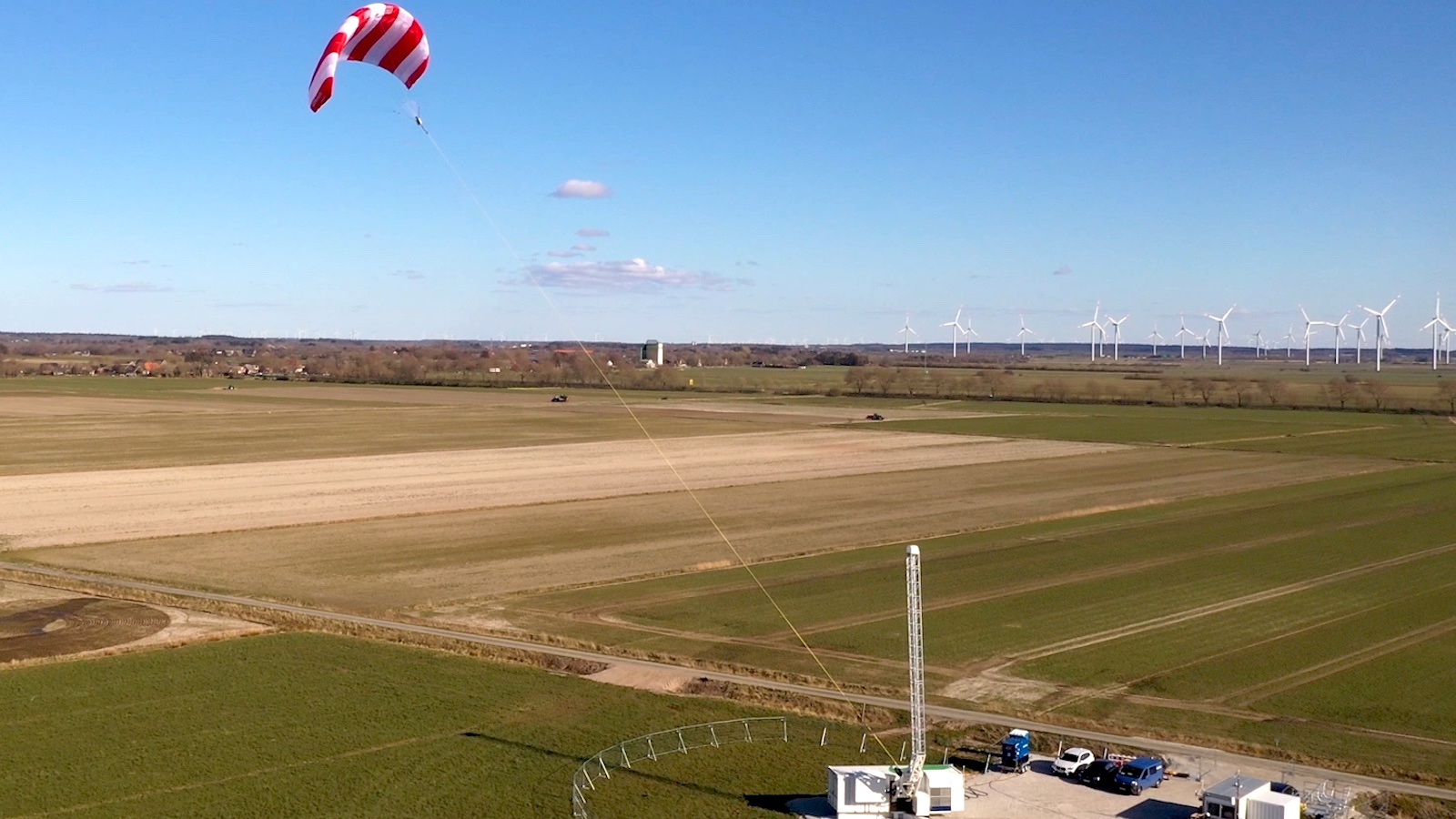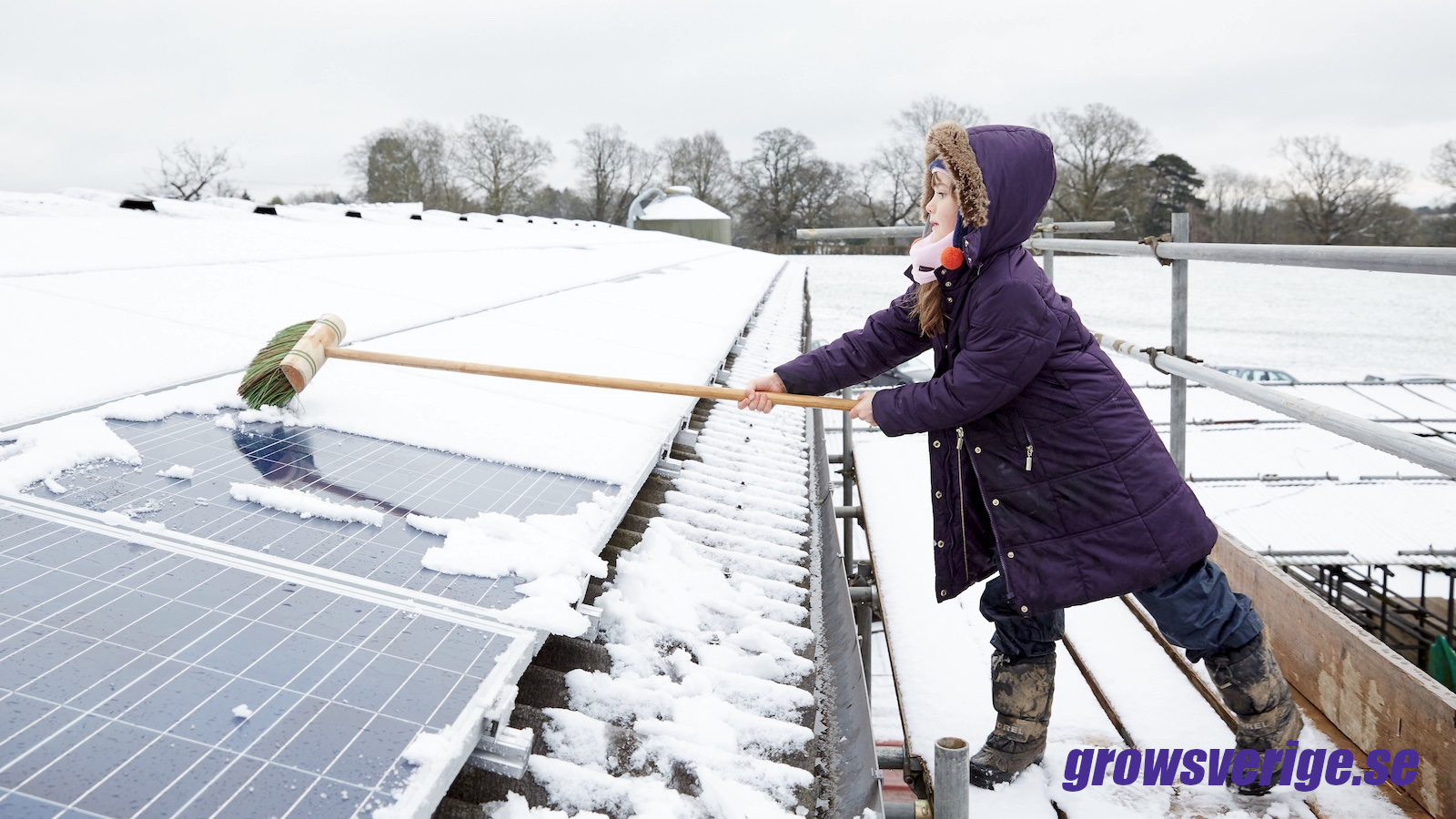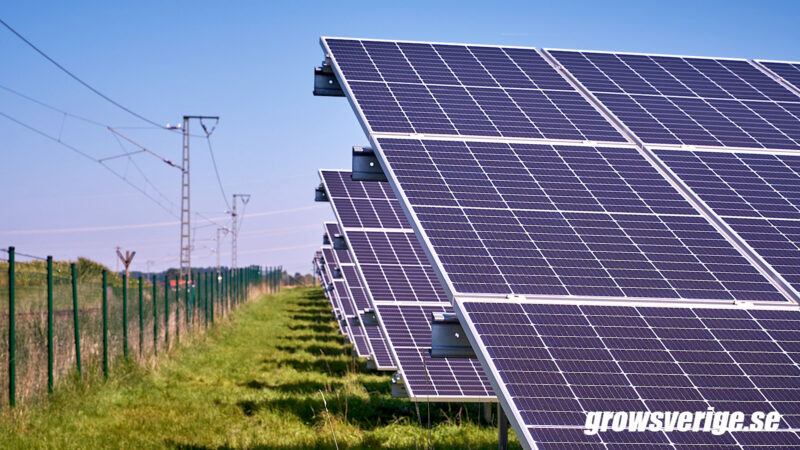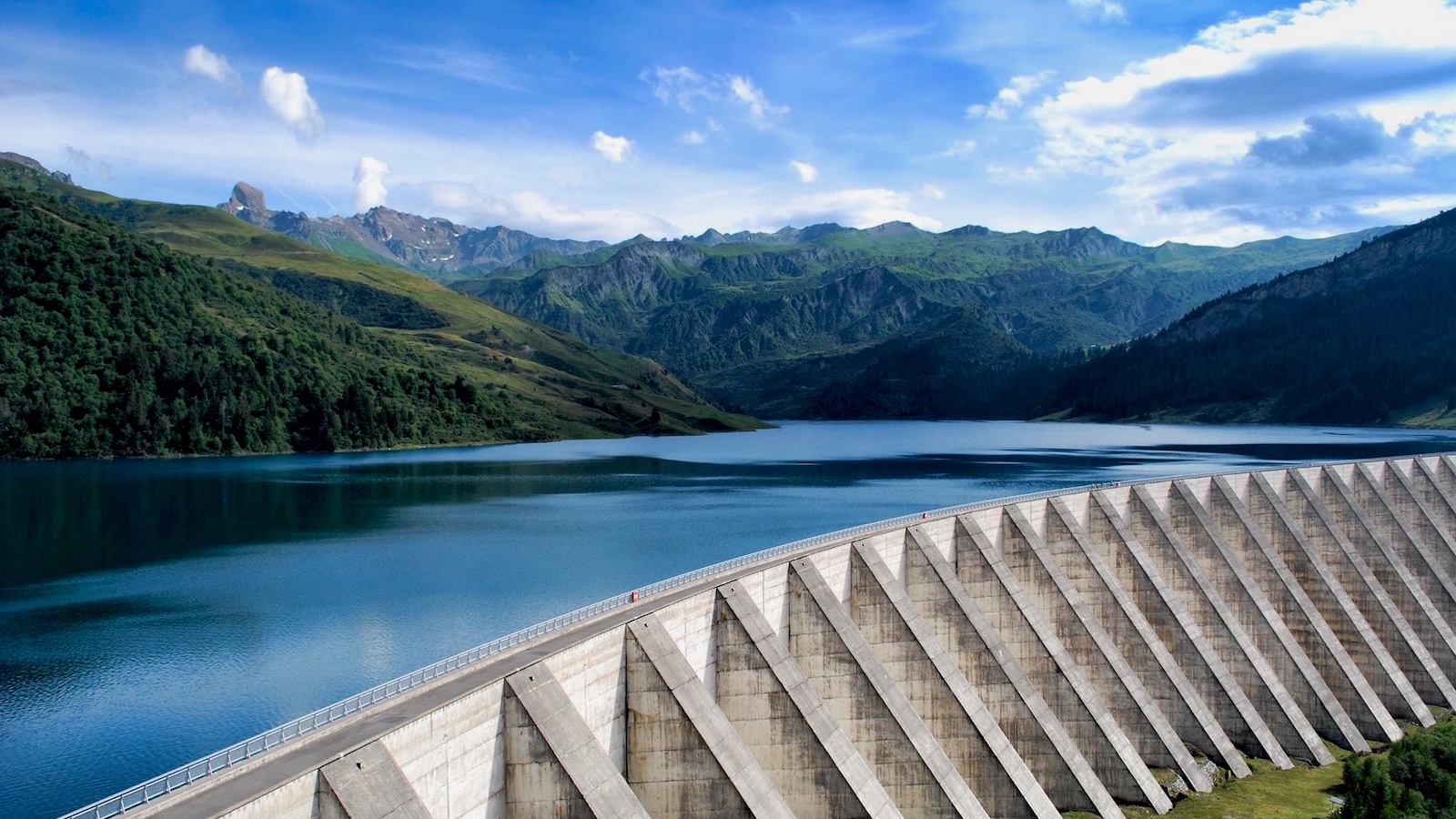Vad händer
Kontext
I dagsläget finns tre metoder för att fånga vindens energi med luftburen teknik.
- Pumping AWE
- Drag AWE
- Rotating kite networks
For pumping AWE – as employed by Norway’s Kitemill, Twingtech of Switzerland, Germany’s SkySails and Kitenergy in Italy – the tether is reeled around a winch at ground level, and the winch linked to an electric machine. Power is generated in a cycle made of a traction phase (where the kite pulls the tether, which is then reeled out, while the electric machine acts as a generator driven by the winch) and a retraction phase (where the kite exerts a small force and the electric machine is used as motor to reel in the tether back around the winch).
Energy Monitor: Airborne wind energy is finally ready for lift-off
Teknikerna har gemensamt att de kan flyga väsentligt högre än traditionella vindkraftverk flera hundra meter upp i luften.
Pumping AWE drivs av segel som fångar vind och får vinschen att rotera. Drag AWE genererar också elektricitet med en roterande vinsch men drivs av en styv konstruktion, en drönare eller ett lättviktigt segelflygplan. Rotating kite networks är en något mer komplex konstruktion:
“the only one currently deployed commercially is a pumping AWE system set up by SkySails off the east coast of Mauritius in 2021. The kite harvest winds at 300m, delivering around 100kW of electricity – roughly enough to power 50 homes.”
Energy Monitor: Airborne wind energy is finally ready for lift-off
Vad har det för betydelse
According to a recent white paper by BVG Associates, on behalf of Airborne Wind Europe, AWE enables increased energy generation per square kilometre, at lower carbon intensity, compared with other renewables – and eventually at lower cost. Other advantages include a smaller environmental impact and material use, reduced upfront costs and logistical requirements, an effective use of space, and the possibility of reusing foundations from decommissioned wind farms.
When deployed inland, the system is easily transported and installed – fitting into a few trucks. It has lower visual impact than traditional wind turbines, and does not fly if there is no wind. Offshore, AWE systems will be much less expensive and more feasible in deeper offshore locations than their traditional counterparts.
Indeed, there are many locations on Earth where there is a lot of wind at 500m but little at the 100m or less of a traditional wind turbine’s reach. “If you look at a map, you may find that 20% of land is feasible for wind energy at 100m, but 40% is feasible at 500m,”
Energy Monitor: Airborne wind energy is finally ready for lift-off
Mellan raderna
Airborne Wind Energy är en ny marknad som investerare nu fått upp ögonen för. Branschen arbetar med att etablera industristandarder för att undanröja de hinder som myndigheter, politiker och kunder har att förhålla sig till.





